How To Detect, Treat, and Prevent Fly Strike in Dogs
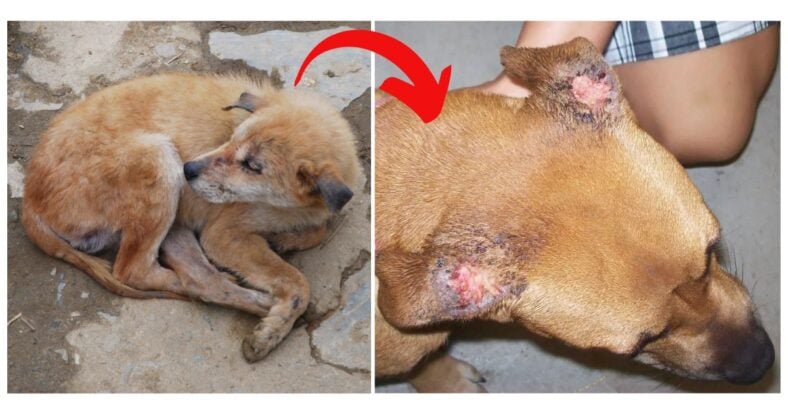
Content Warning: This blog contains images of fly strike and fly bites on dog ears pictures which may be upsetting to some people. We will also explicitly describe medical treatment for fly strike, which can be invasive.
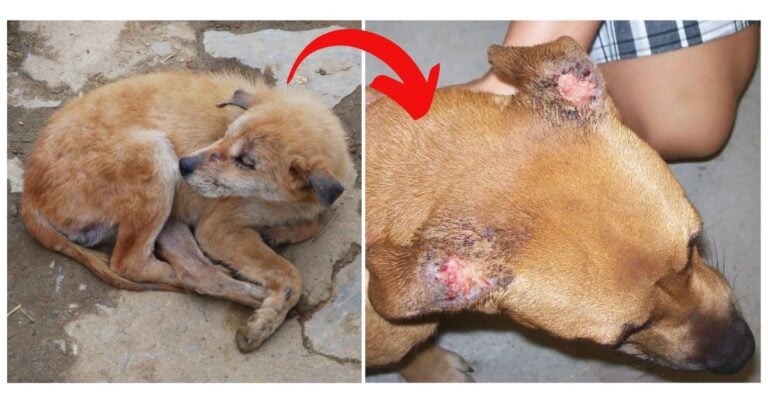
If you have a dog who spends a lot of time outside, you should be aware of and keep an eye out for flystrike. A serious and sometimes deadly condition that starts when any variety of fly bites on dogs’ ears or other parts of the body. Flystrike can be serious, but it’s completely treatable when caught early, and preventable with a little bit of effort.
In this guide, we’ll be sharing information from veterinarians and dog experts on how to detect, treat, and prevent flystrike in dogs, and how to stop flies biting dog ears to keep them comfortable when the bugs are out. If you have a dog bitten by horsefly or other types of flies and are seeking advice, call a veterinarian immediately.
What Is Fly Strike?
Fly strike is an extremely serious condition that can affect all mammals, but is primarily detected in livestock, dogs, and outdoor cats. When various species of flies bite dog ears, bellies, and other areas of the dog’s skin, they also introduce the risk of fly strike. Fly bites alone are purely uncomfortable and put your dog at risk for allergic reactions and irritation, but are rarely serious. However, if the fly lays its eggs and bites in the right place, the dog can develop fly strike.
According to the RSPCA, “flystrike is a painful and sometimes fatal condition caused by flies laying their eggs on another animal. These hatch into maggots, which eat the flesh of their ‘hosts’.” Typically, this occurs when the fly has found an open or infected wound.
Flystrike can be caused by a number of common biting flies including horse flies, stable flies, black flies, and deer flies. But why do flies bite dogs? Well, for example, a horse fly bites dogs to feed on their blood. Not very pretty, but it’s the truth. Non-biting varieties of fly cannot cause fly strike, so you won’t need to worry about fireflies or may fly bites on dogs, for example.
What Dogs are Most at Risk for Fly Strike?
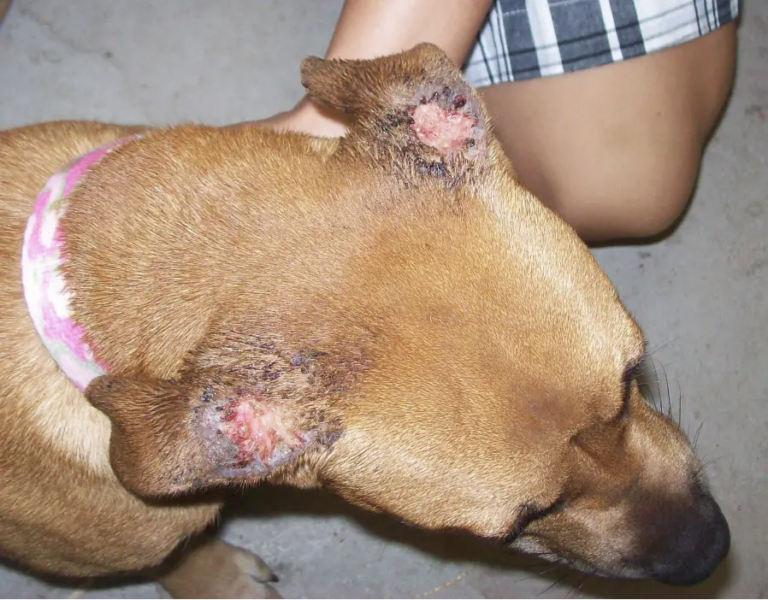
Fly bite dermatitis on dog ears is relatively common for outdoor dogs, particularly livestock guardians, herding, and working dogs, but this does not mean they have fly strike. However, if your dog spends a lot of time outside, in rural areas, or near livestock they may be at an increased risk of developing fly strike.
Dogs that spend lots of time outside or near other outdoor animals are more likely to encounter biting flies and other bugs, and are therefore also more susceptible to tick bites and other insect bites.
Dogs with long or thick fur may also be at a higher risk for fly strike, since flies are attracted to heat and moisture, which can become trapped under thick coats. Flies are attracted also to open wounds, another thing working dogs may have more often than house pets. Working dogs are at risk of getting injured on the job, and some smaller open wounds can be difficult to detect especially under their fur. Because the tissue is damaged, it is easier for the fly larvae to feed on a wound, and can cause significant damage to the host dog.
Symptoms of Fly Strike
You’ll most commonly find fly bites on dogs’ ears, which is why when you look up fly bites you’ll see a lot of people complaining that “flies are eating my dogs ears!” While flies on dogs’ ears are at least most visible to anyone looking, you’ll find that flies can bite dogs virtually anywhere.
One of the first things you’ll notice if you live somewhere with flies that bite dogs’ ears is irritation, redness, and raised or bumpy skin. While a fly bite alone can cause this, skin irritation can also be a sign of fly bite dermatitis, but this is not the same as fly strike.
Fly strike almost exclusively happens in damaged tissue, so your first signs that your dog has fly strike may be finding an open wound. Your dog will have distinctive inflamed sores around the strike site, and you may even see maggots inside the wound.
Warning, here comes an unpleasant photo.
How To Treat a Horse Fly Bite On a Dog
If you’ve looked up “how to treat black fly bites on dogs,” and only found resources for horse fly bite on dogs, don’t worry, you can treat all fly bites on dogs the same. Treatment for black fly bites on dogs is the same as for dog horsefly bites and any other variety.
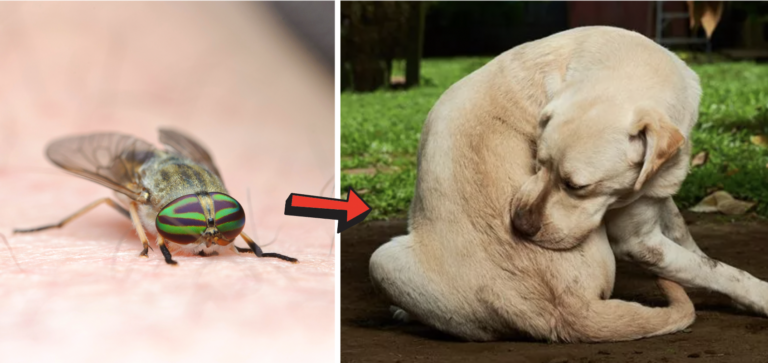
First and foremost, visit your veterinarian. Your vet will be able to determine whether your dog has only been bitten, or if they have developed flystrike. If you’ve confirmed with a vet that you are dealing with fly strike dogs have a few treatment options.
If you have found maggots in your dog’s skin, do not attempt to remove them yourself. The veterinarian will need to remove them and determine the amount of damage they have caused. Often the treatment protocol for fly strike includes removing the fur around the damaged tissue, removing the remaining maggots, and treating the area for infections and to promote healing.
In some rare serious cases where the damage has gone too far, veterinarians may recommend euthanasia.
Treatment for fly bites on dogs ears that are not fly strike is much simpler, and may involve topical soothing creams and similar options to promote healing.
Preventing Fly Bites and Fly Strike in Dogs
Now that you know what it is, it’s time to learn how to prevent black fly bites on dogs and how to keep simple bites from turning into fly strike.
1. Keep Your Dog Indoors
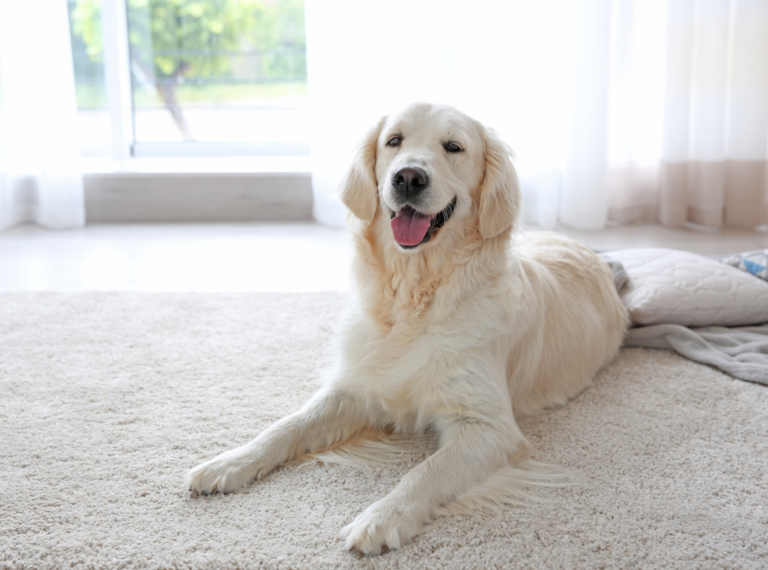
The easiest method we know of for how to stop flies biting dog ears is to keep your dog indoors. Of course, taking your dog out for a walk or to play at the park is a must, but dogs that don’t work on farms should not be kept outside or made to sleep outdoors. Longer exposure to the elements naturally increases their chances of encountering a biting fly.
2. Keep Your Dog Groomed
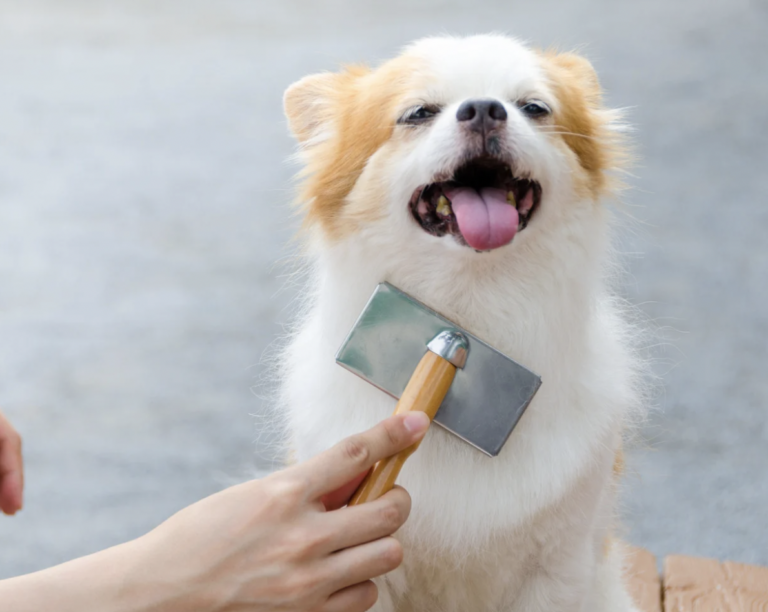
Unfortunately, fly strike is most common under thick fur, which can make finding it difficult if you have a particularly furry dog. Moisture and warmth attracts flies, and one of the safest places for them to lay their eggs is in the thick coats of dogs. By trimming their coat, you can help them avoid collecting moisture, keep them cooler in the warmer months, and keep them safer from fly strike.
Good hygiene is also super important to protect your dog from fly strike. Keeping them clean and free from dirt, feces, or strong-odors can make them less attractive to flies.
3. Use Dog-Safe Insect Repellents
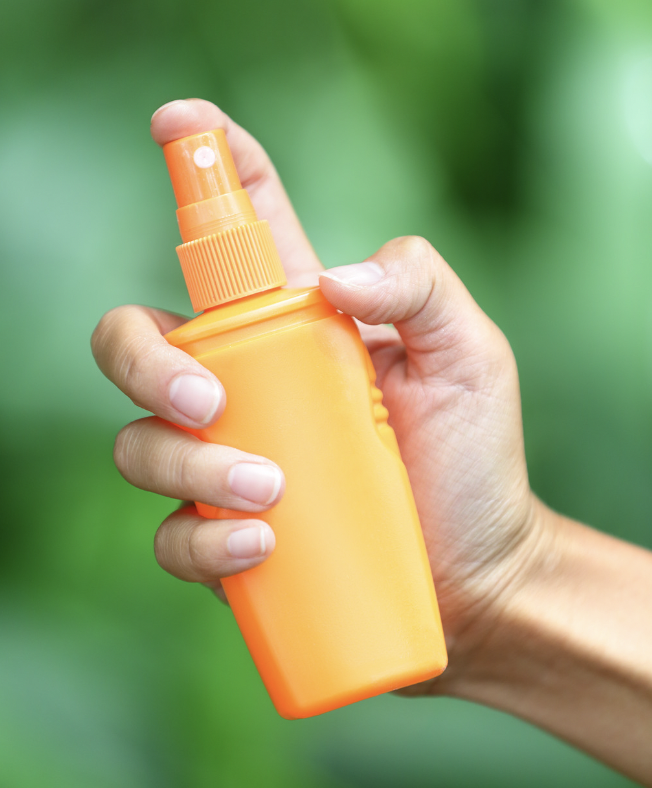
If you live in a particularly rural area where there is an abundance of flies or have a working dog, pet owners should be taking extra precaution to protect your dog whenever they are outdoors. Particularly in warmer months when flies lay their eggs, try using dog-safe insect repellents to protect your furry friends.
You should never use insect repellent designed for humans on your dog, and you should still be cautious when using dog-safe options. Excessive use of insect repellent can be irritating to your dog’s skin, and should never be ingested—if your dog is licking themselves excessively after application, discontinue use immediately.
Consult with your veterinarian to determine which insect repellent is safest for your dog, and do not purchase un-verified products. Additionally it’s important to know that dog-safe insect repellents can be toxic to other animals like cats.
4. Pick Up Your Dog’s Poop
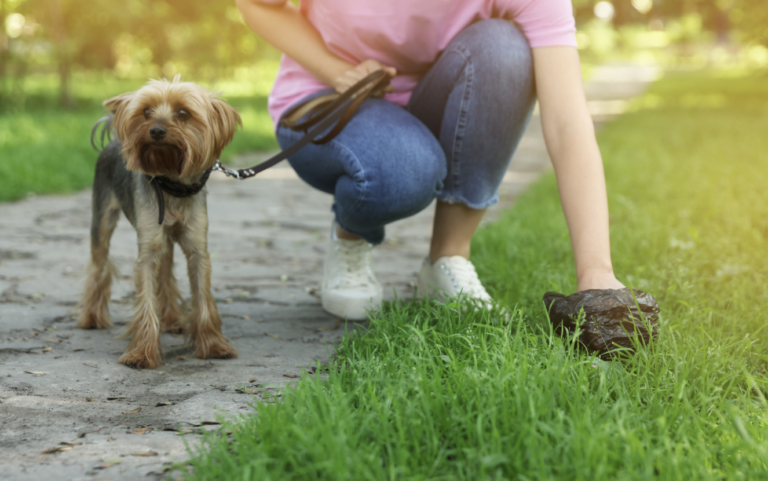
Feces and animal waste can attract extra flies, especially during the summer. Picking up after your dog even when they go potty in your yard can help reduce the number of flies in your area, protecting them by minimizing exposure risk. Similarly, taking out your trash and keeping your yard free from waste can make your home safer.
Related Articles:
- Just brushing your dog’s coat can help alleviate itchy skin
- All-natural remedies to soothe your dog’s itchy skin
- Try ‘Shampoo Therapy’ to help your dog’s itchy skin




